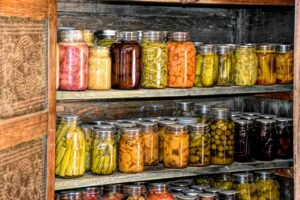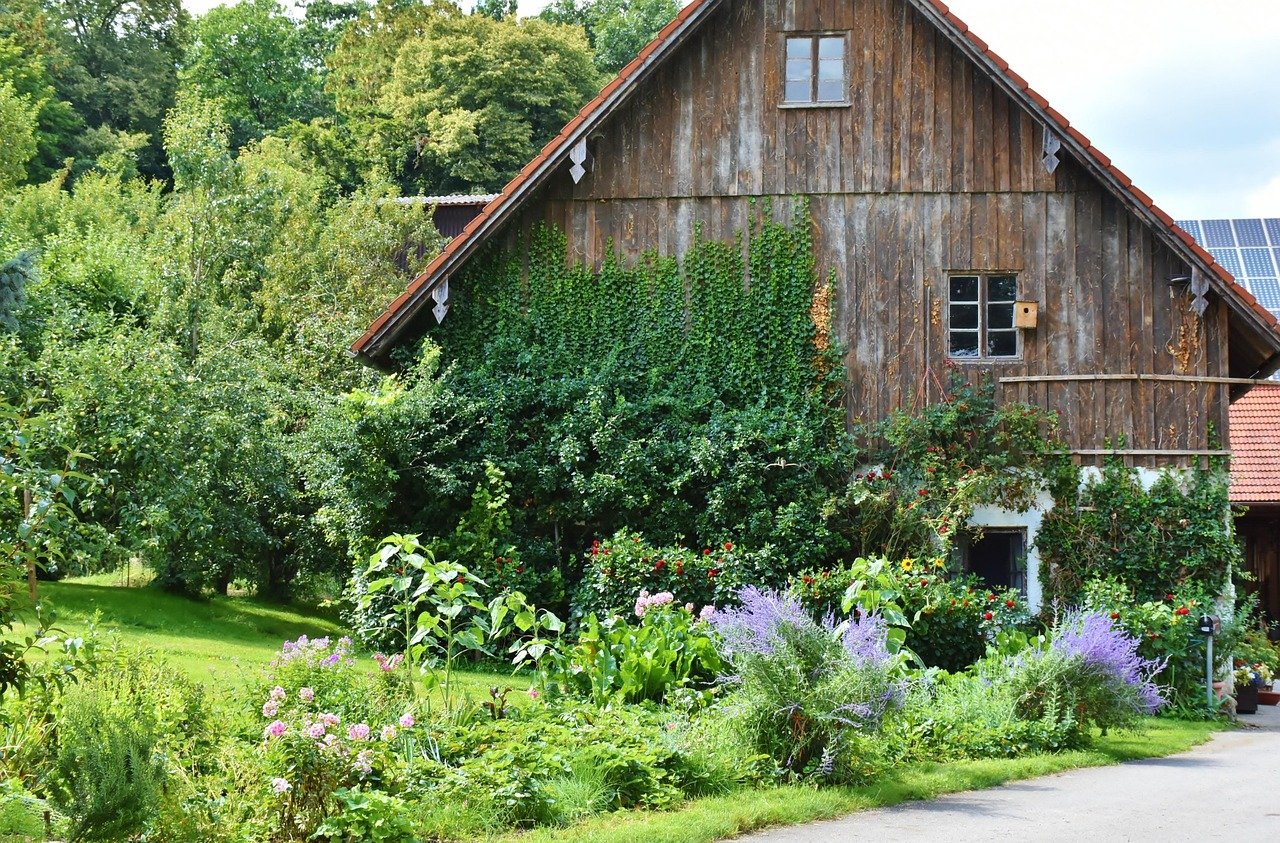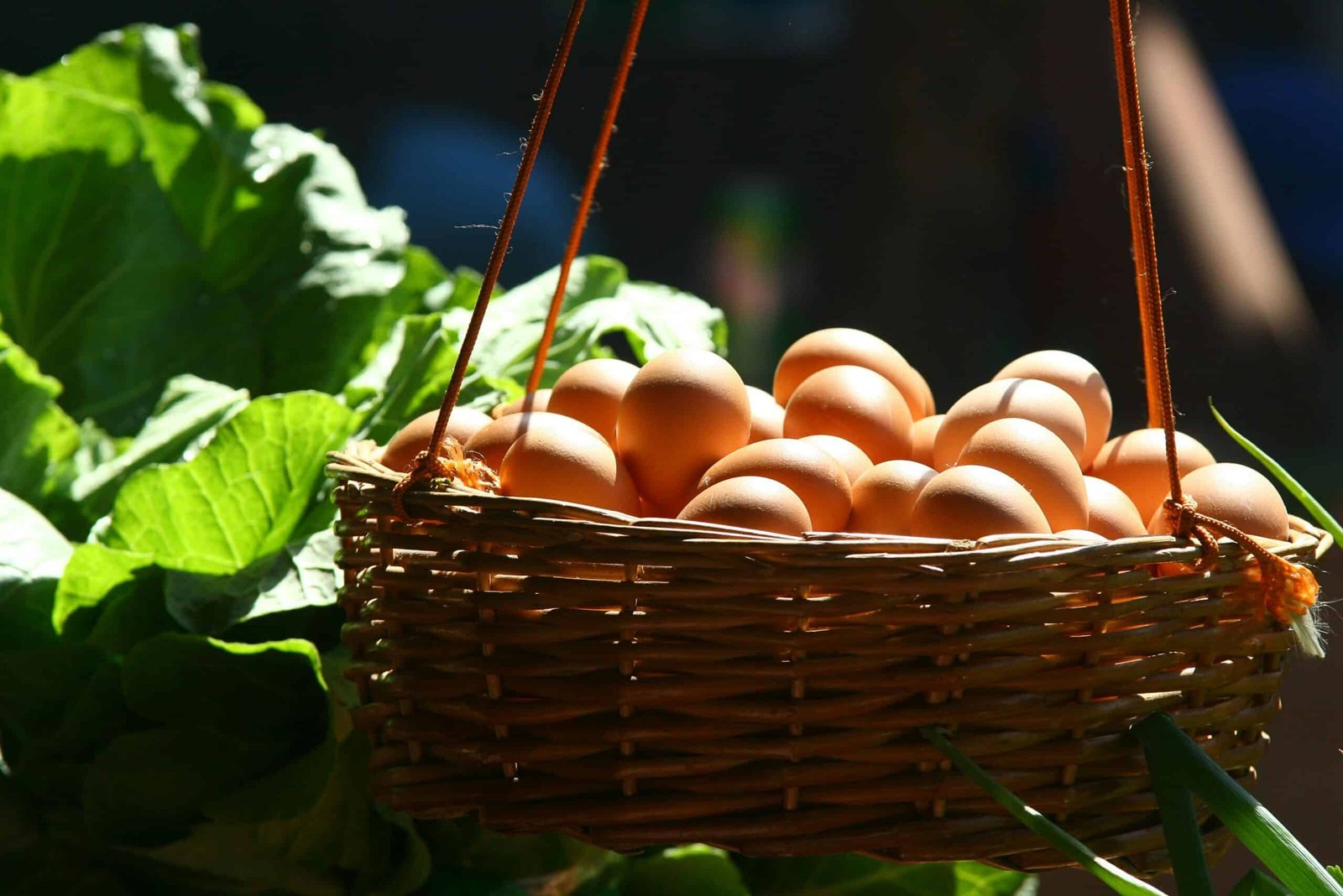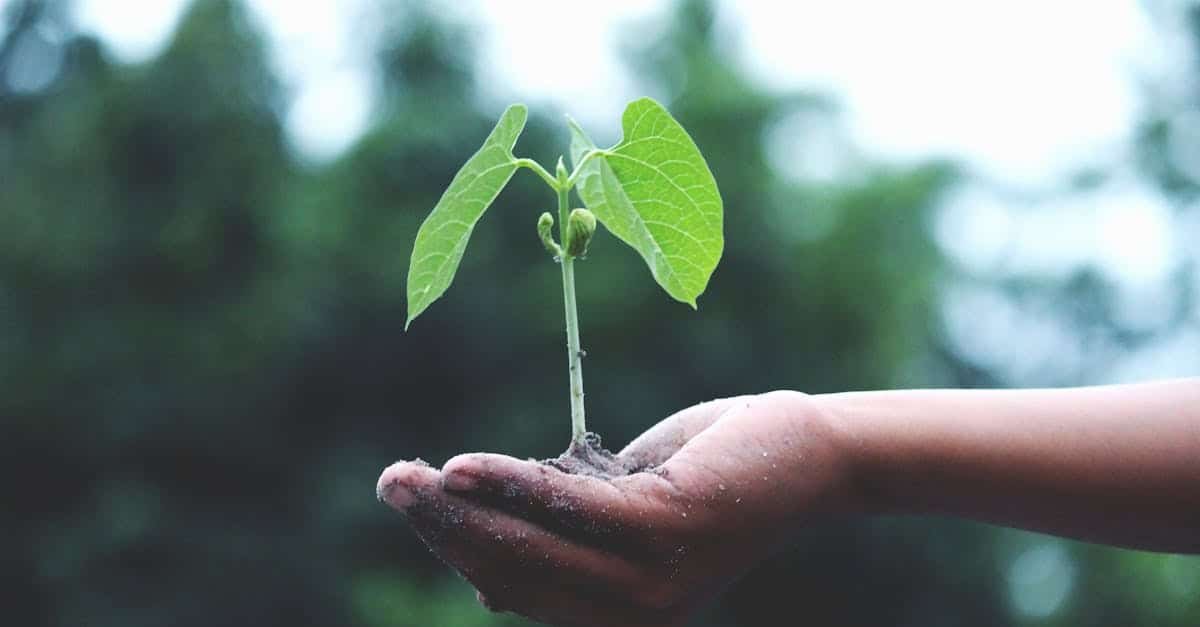Winterizing your homestead properly ensures your family, animals, and property remain safe and functional during the harshest months of the year. Imagine waking up to a foot of snow, knowing your animals are warm, your pipes are protected, and you’re stocked with supplies for days. That’s the peace of mind that comes with thoroughly winterizing your homestead. This comprehensive guide will walk you through the essential steps to prepare your homestead for winter’s challenges.
Protecting Water Systems: Your Homestead’s Critical Lifeline
Water access represents perhaps the most critical vulnerability during winter homesteading. When temperatures plummet, water systems become susceptible to freezing, potentially causing devastating damage. Properly winterizing your homestead water systems requires addressing every potential point of failure.
Comprehensive Pipe Protection
Water pipes need special attention when winterizing your homestead, particularly those in unheated spaces or along exterior walls. For maximum protection, create a three-layer defense: first wrap pipes with thermostatically controlled heat tape, followed by foam insulation sleeves, and finally weatherproof tape at all seams. This approach maintains pipe temperatures above freezing even during extended cold snaps.
Don’t overlook irrigation systems and outdoor spigots – schedule irrigation blowouts before the first hard freeze, and drain all outdoor faucets. Installing frost-free hydrants in key locations ensures continued water access without risking freezing issues.
Well and Pump Preservation
Your well system deserves particular attention when winterizing your homestead. For aboveground well components, construct an insulated enclosure using rigid foam insulation, making it large enough to allow maintenance access. Install a small thermostatically controlled heater set to activate when temperatures approach freezing – a 100-watt bulb or small ceramic heater often provides sufficient heat in a well-insulated space.
For underground components, confirm that water lines are buried well below your region’s frost line (typically 4-6 feet). If you rely on a cistern system, ensure underground cisterns have heavily insulated access hatches, while aboveground tanks require complete insulation.
Livestock Watering Solutions
Ensuring animals have consistent access to unfrozen water presents one of winter homesteading’s daily challenges. When winterizing your homestead for livestock, implement multiple strategies to guarantee water availability. Tank heaters work well for larger troughs but require electrical access. Choose models with thermostatic controls and safety features like grounded, chew-resistant cords.
For smaller animals, heated water bowls provide a scaled solution. As a backup plan, establish a twice-daily routine of manually replacing frozen water with warm water during extreme cold snaps. Providing slightly warmed water just before sundown ensures animals have ample opportunity to drink before overnight temperatures reach their lowest point.
Winter-Ready Animal Housing: Protection Beyond Basic Shelter
Properly winterizing your homestead animal housing requires understanding both universal principles of cold weather protection and species-specific needs. Effective winter shelters must address several critical factors: wind protection, moisture management, appropriate space allocation, and temperature regulation.
Balancing Draft Prevention with Ventilation
When winterizing your homestead barns and animal shelters, finding the perfect balance between eliminating harmful drafts while maintaining essential ventilation becomes critical. Cold air movement directly on animals strips away body heat, but completely sealing shelters creates equally dangerous conditions where ammonia buildup and respiratory illnesses flourish.
The solution lies in directional ventilation – allowing air exchange above animal height while eliminating floor-level drafts. Use a smoke pencil to detect drafts around doors, windows, and wall joints, then address each one with appropriate materials: flexible caulk for small cracks, expanding foam for larger gaps, and weather stripping for door and window openings.
For optimal ventilation when winterizing your homestead structures, install adjustable vents near roof peaks that can be partially closed during extreme weather but never completely sealed. For open-sided shelters, consider installing removable panels on the north and west exposures, which block wind while still allowing light penetration.
Species-Appropriate Bedding Systems
Proper bedding serves multiple functions in winter animal housing, providing insulation from cold ground, absorbing moisture, and creating nesting material that traps body heat. For cattle and horses, the deep litter method works exceptionally well during winter. This system involves adding fresh bedding material (typically straw) on top of existing bedding, creating a composting layer that generates natural warmth.
Begin with a 6-8 inch base layer in late fall, then add 2-3 inches of fresh material weekly without removing the lower layers. The gradual decomposition process can raise bed temperatures by 10-15°F, creating a naturally warmed resting area when winterizing your homestead.
Smaller livestock like goats and sheep benefit from elevated sleeping platforms covered with straw bedding. These platforms, raised 6-8 inches above ground level, eliminate the significant heat loss that occurs when animals lie directly on frozen ground.
Winter Nutrition Adjustments
Feed requirements change dramatically during winter as animals divert energy toward maintaining core body temperature. When winterizing your homestead feeding programs, understand that for every 10°F drop below an animal’s comfort zone, maintenance energy requirements increase approximately 10%.
For ruminants (cattle, sheep, goats), increase long-stem forage (hay) during the coldest periods. The extended digestion time of fibrous feeds creates a sustained internal heating effect. Schedule the day’s largest forage feeding 4-6 hours before nightfall so digestive warming coincides with overnight temperature drops.
Consider adding fat sources to daily rations for smaller livestock, providing concentrated energy that supports temperature regulation. Always ensure adequate mineral availability, particularly salt, which encourages proper water consumption—critical for winter health when winterizing your homestead.
Winter Garden Management: Protecting Your Growing Investment
While gardens enter dormancy during winter, this season offers crucial opportunities to protect perennial plants, build soil health, and prepare for an abundant spring harvest. Properly winterizing your homestead garden areas combines immediate protective measures with forward-thinking soil building strategies.
Strategic Fall Cleanup
Begin by identifying and removing any diseased plant material, particularly those affected by fungal issues like powdery mildew, blight, or rust. These materials should never be composted, to break disease cycles. For healthy plant material, consider selective retention when winterizing your homestead garden beds.
Seed heads from plants like echinacea, rudbeckia, and sunflowers provide valuable winter food for birds, while standing stems create overwintering habitat for beneficial insects. A good compromise involves removing vegetable garden debris completely while leaving about 70% of ornamental perennials standing until early spring.
Complete your selective cleanup by mulching thoroughly around perennial plants with 3-4 inches of organic material—shredded leaves work exceptionally well, breaking down over winter to feed soil organisms while protecting root systems during the winterizing of your homestead.
Orchard Protection
Fruit trees and berry bushes represent significant long-term investments that require specific protection. After the first hard freeze but before consistent cold sets in, create physical barriers by wrapping young tree trunks with specialized tree wrap or hardware cloth, extending from the ground to the first major branches. This prevents sunscald and deters rodents seeking to feed on nutritious bark.
While major structural pruning is best performed during full dormancy, remove any diseased, damaged, or crossing branches before winter, as these vulnerable areas become entry points for disease. Apply specialized orchard mulch in concentric circles around trees, keeping material 3-6 inches away from trunk bases to prevent collar rot when winterizing your homestead orchard.
Structural Protection: Weatherproofing Buildings
Your homestead buildings face significant challenges during winter months. Beyond comfort considerations, proper structural winterization prevents costly damage while reducing energy consumption. Effectively winterizing your homestead buildings requires systematic assessment and targeted improvements.
Home Weatherization
Begin with a comprehensive energy audit of your home using an infrared thermometer to identify temperature differentials across interior surfaces—cold spots indicate insulation gaps requiring attention. Address identified vulnerabilities systematically, beginning with air sealing—the most cost-effective energy improvement when winterizing your homestead.
Apply appropriate caulking to all stationary joints, focusing on areas where different building materials meet. Install door sweeps and weather stripping around all exterior doors, ensuring complete contact when closed. For accessible attic spaces, confirm insulation depth meets recommended R-values for your climate zone (typically R-49 to R-60 in northern regions).
Schedule professional servicing of primary heating systems before heavy use begins. For wood heating systems, ensure complete chimney cleaning and inspection annually. Implement zone heating strategies that focus warmth in actively used living spaces while maintaining lower temperatures in less frequently used areas when winterizing your homestead energy systems.
Outbuilding Preparation
For unheated structures, focus primarily on weather resistance and moisture management. Begin with roof assessments, as winter precipitation and freeze-thaw cycles reveal vulnerabilities quickly. Replace damaged shingles, secure loose metal panels, and ensure all flashing remains intact.
For buildings containing equipment sensitive to freezing, consider selective insulation of specific areas rather than entire structures. Creating “warm rooms” within larger unheated buildings provides cost-effective protection without heating entire spaces. Ensure gutters and downspouts function properly, directing water at least 10 feet away from foundations when winterizing your homestead.
Energy Management: Sustainable Winter Power Strategies
Winter places heightened demands on homestead energy systems precisely when many renewable sources face reduced production capacity. Effectively winterizing your homestead energy systems combines consumption reduction, storage optimization, and strategic backup planning.
Renewable System Optimization
For solar-powered homesteads, adjust panel angles to optimize for lower winter sun positions—typically adding 15 degrees to your latitude provides ideal winter positioning. Establish a regular panel clearing protocol for snow removal, using only appropriate tools that won’t damage panel surfaces.
Battery storage systems require special attention when winterizing your homestead power systems. For traditional lead-acid batteries, ensure battery enclosures maintain temperatures above 50°F for optimal performance and longevity. Implement winter-specific charge controller settings that accommodate longer absorption phases needed during colder temperatures.
Hybrid Heating Strategies
Rather than relying on a single heating method, implement layered approaches combining multiple technologies. Wood heating provides excellent primary or supplementary heat during grid disruptions, but requires proper implementation. For maximum efficiency, focus on high-mass wood heating systems that capture and slowly release heat when winterizing your homestead heating system.
Strategic placement of materials with high thermal mass properties—stone, concrete, clay, or water-filled containers—near heating sources allows heat storage during system operation, then gradual release during off cycles. This passive approach reduces temperature fluctuations while decreasing overall energy consumption.
Establish primary living zones maintained at comfortable temperatures (68-70°F), transitional zones at moderate temperatures (60-65°F), and low-use areas kept just above freezing (40-45°F). This strategy significantly reduces energy consumption during winter homesteading.
Strategic Supply Management: Building Winter Resilience
The isolated nature of many homesteads, combined with winter access challenges, necessitates greater self-sufficiency during cold months. Properly winterizing your homestead supply systems ensures your family and livestock maintain quality of life regardless of weather conditions or external disruptions.
Food Storage Strategy
Develop a three-tier storage approach: long-term shelf-stable items forming your foundation, home-preserved seasonal produce adding diversity, and strategic fresh food production maintaining nutritional completeness throughout winter.
For shelf-stable foundations, focus on nutrient-dense items rather than merely calories when winterizing your homestead pantry. Prioritize complete proteins (dried beans, lentils), healthy fats (oils, nuts), and complex carbohydrates (whole grains, root vegetables) stored in rodent-proof containers.
Home food preservation should focus on methods matching your energy realities. For off-grid situations, emphasize dehydration, fermentation, and cool storage over freezing. Develop preservation recipes specifically incorporating herbs and spices with immune-supporting properties—garlic, turmeric, ginger, and thyme—recognizing winter’s increased immune challenges.
Medical and Emergency Preparedness
Create a comprehensive winter-specific medical cache beyond basic first aid supplies when winterizing your homestead emergency systems. Include additional cold-weather essentials: electrolyte replacement products, extra vitamin D supplements, and specific OTC medications addressing common winter ailments.
Develop specialized emergency kits positioned strategically throughout your homestead. Include specific winter survival items: emergency mylar sleeping bags in vehicles, chemical hand warmers near vulnerable water systems, and spare insulated boots/gloves in outbuildings.
Maintain multiple communication methods: landline (where available), cell service, satellite phone or messenger, and even two-way radio communication with nearby neighbors. Establish clear check-in protocols with off-homestead contacts during severe weather events or emergencies.
Developing a Winter Routine: Daily Management for Success
Winter on a homestead requires different routines and careful planning for efficiency and safety. Creating sustainable winter management systems ensures critical tasks are completed even during challenging conditions.
Structured Maintenance Schedule
Implement a structured schedule for winter homestead checks:
- Daily: Check all animal water sources, refresh feed, collect eggs, and perform quick visual inspections of critical systems.
- Weekly: Thoroughly clean animal housing, check fuel levels in backup systems, inspect water lines for potential freezing issues.
- Monthly: Perform comprehensive inspections of all buildings, test emergency systems, and evaluate supply inventories.
Creating a physical checklist for each level ensures nothing critical is overlooked during the busy winter season when winterizing your homestead maintenance routine.
Severe Weather Planning
Create detailed written plans for different severe weather scenarios. Identify trigger points for implementing emergency procedures based on forecast conditions, such as moving vulnerable livestock to protected areas when temperatures drop below specific thresholds or winds exceed certain speeds.
Practice emergency protocols with all family members before winter arrives. These drills ensure everyone understands their responsibilities and can execute critical tasks even under stressful conditions when winterizing your homestead emergency response system.
Embracing Winter with Confidence
By thoroughly winterizing your homestead, you’re investing in peace of mind and self-sufficiency during the most challenging season. Start by addressing your most vulnerable systems first, then systematically work through each area of your homestead. The satisfaction of sitting by a warm fire, watching snow fall, knowing your homestead is prepared, is the ultimate reward for your preparation efforts.
Remember that winterizing your homestead is not a one-time event but an ongoing process of improvement, adaptation, and learning. Each winter provides valuable insights that inform next year’s preparations, gradually building a resilient homestead capable of thriving in all conditions.











